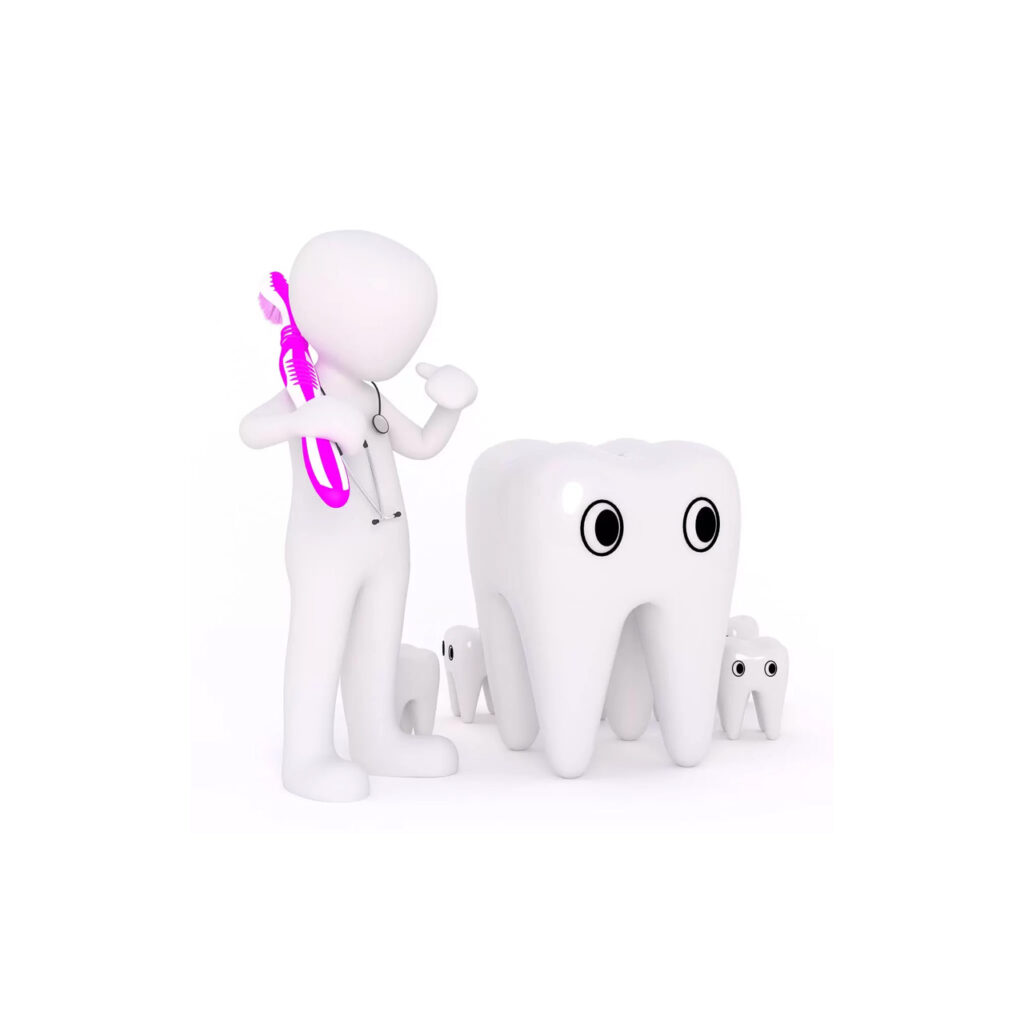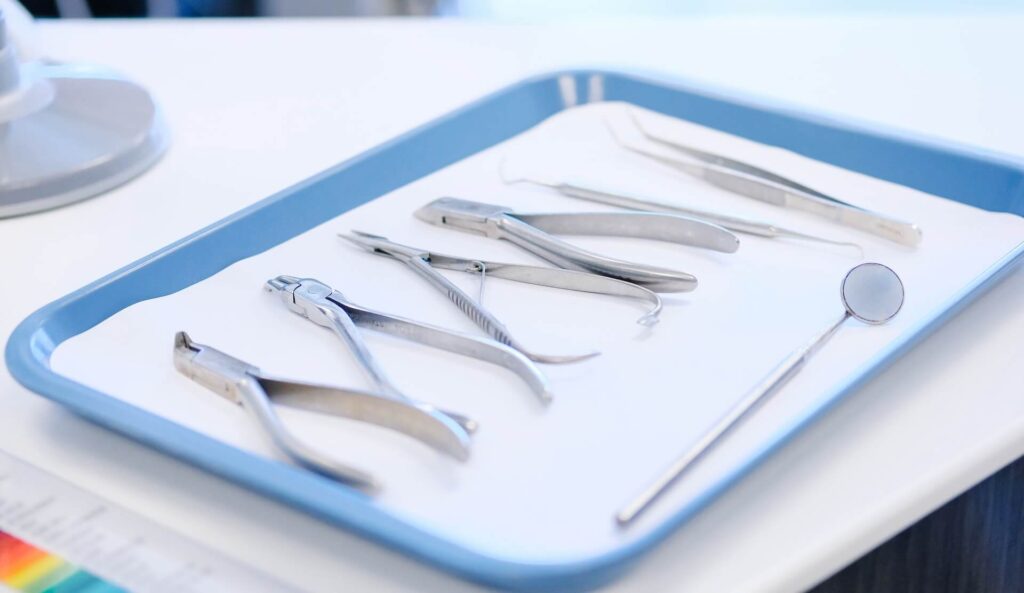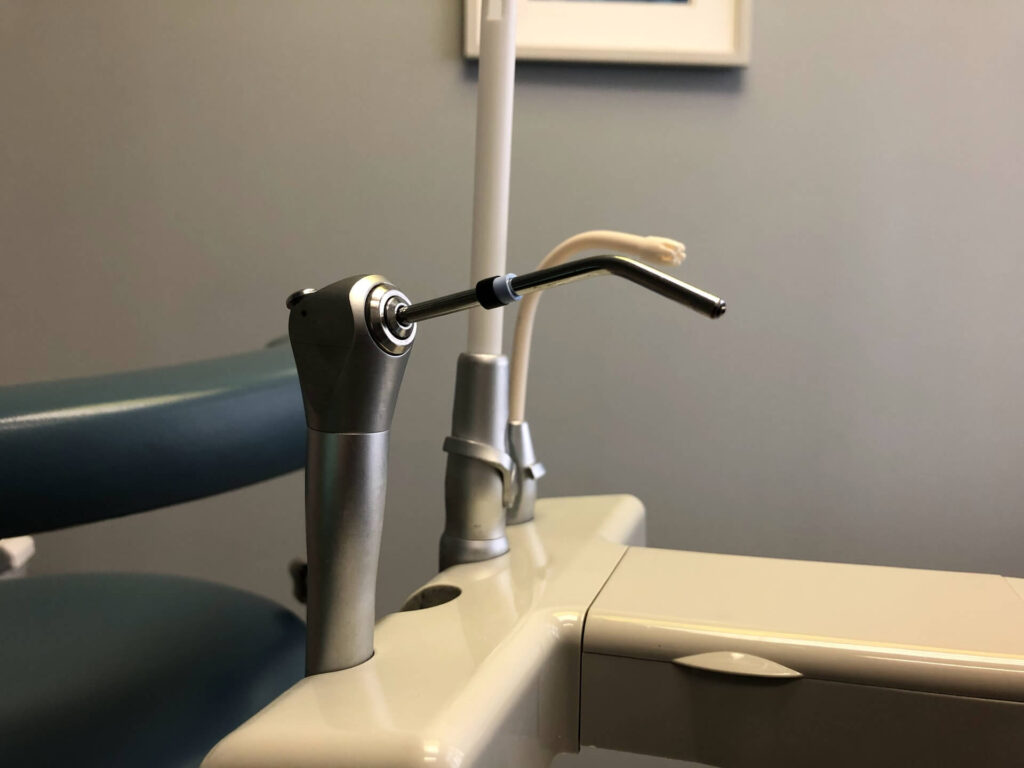The plaque on your teeth is a layer of bacteria that forms a sticky film. If plaque isn’t cleaned regularly, it can get harder and harder to remove, which ultimately can lead to gum disease and tooth decay. In this article we will talk about what plaque is, how it affects your teeth and gums, how to stop plaque from building up in the first place, and how dental professionals can help keep your teeth clean.
What is Plaque?
- Brush your teeth twice a day with fluoride toothpaste.
- Use a pea-sized amount of floss every day to remove dental plaque from between your teeth.
- Spit out your gum chewers after every meal.
- Visit your dentist regularly for professional cleanings to remove all the plaque buildup.

Symptoms of a Plaque Buildup
Infections in the mouth can lead to plaque build-up, which is a collection of bacteria, food, and saliva on teeth. This sticky film can cause tooth decay and other oral health problems.
Plaque can form on any part of the teeth, but it commonly accumulates on the surfaces of the teeth near the gum line and in between teeth. Saliva helps to cement the plaque together and can also contain toxins that can damage tooth enamel.
If you have any of the following symptoms, you may be struggling with plaque buildup: persistent bad breath, sensitivity to hot or cold food, brown patches on your gums, or pain when chewing. If you think you may have plaque build-up, schedule an appointment with your dentist to get checked out:
- If you experience bad breath consistently.
- If your gums are brown or inflamed.
- If you experience pain when chewing.
How to Remove Plaque
If you are like most people, you have dealt with plaque at some point in your life. Plaque is a build-up of bacteria and food on the inside of your teeth. It can cause tooth decay and gum disease, and can be difficult to remove.
Use a pea-sized amount of fluoride toothpaste on a soft brush. Swish it around in your mouth for two minutes, then spit it out. fluoride toothpaste is effective in removing plaque because it forms a hard film on the teeth that bacteria cannot penetrate.
Rinse your mouth with warm water and use a pea-sized amount of baking soda to scrub your teeth. Be gentle; overuse of baking soda can irritate your gums. Spit out the suds after scrubbing. Baking soda is also effective in removing plaque because it neutralizes acidity in the mouth and kills bacteria.
Make an oral rinse using water and white vinegar mixed together to the consistency of milk. Stir well before using it to rinse your mouth. Vinegar is acidic, which helps to dissolve plaque and kill bacteria.

What Is Tartar
Tartar is a form of calculus that forms on the teeth and gums. It is composed of mineral deposits from food and drink that accumulate over time. The deposits can harden and cause tooth decay or gum disease.
Prevention is the best policy when it comes to tartar. Make sure to brush and floss regularly, and avoid eating food and drink with high sugar content. If you do develop tartar, you can try to remove it with a toothbrush and water or a pea-sized amount of baking soda mixed with water.
How Can I Remove Tartar

Brushing your teeth as part of your daily routine
- Start by using a soft-bristled toothbrush. Try to avoid using harsh bristles, as they can damage your gums.
- Brush in circular motions around all of your teeth, using light pressure. Don’t forget to brush in between your teeth and around the back of your jaw.
- Rinse off your toothbrush immediately after brushing, and make sure to spit out the toothpaste.
